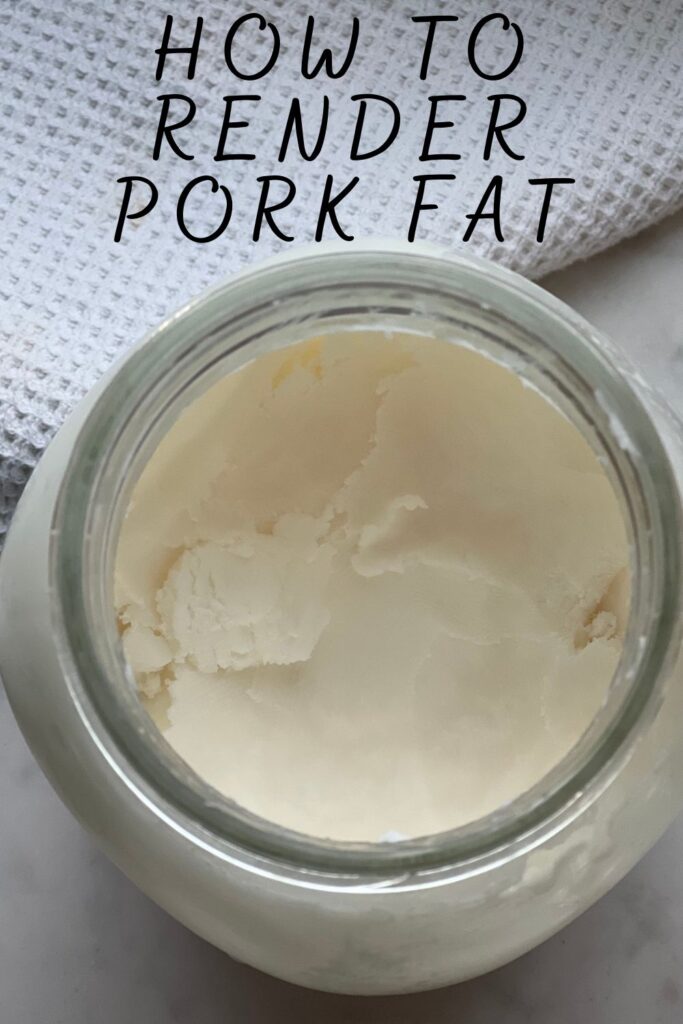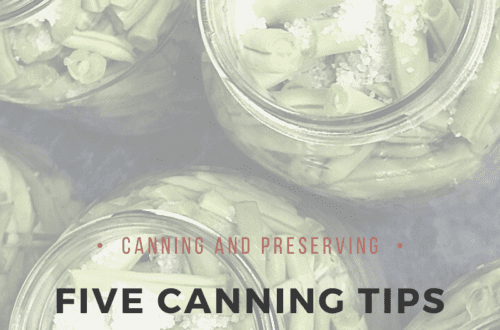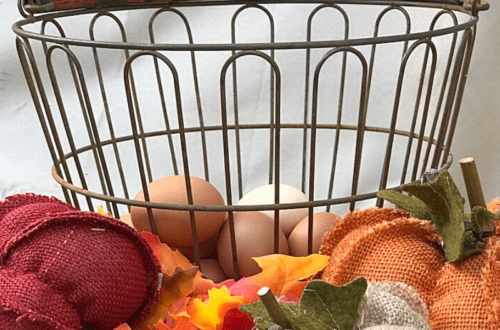
How to Render Pork Fat for Lard- Ninja Foodi Version
Lard is an important fat in many homesteaders kitchens. From biscuits to moisturizer, animal fats have long been used in a variety of ways on the homestead. Today I am going to show you how to render pork fat for lard in the Ninja Foodi. You can substitute the Foodi for any slow cooker or heavy bottomed pot and it will do just fine.
One of my goals this year is to reduce the amount of items I have to purchase from the grocery store. I have stopped purchasing self rising flour, vanilla, brown sugar and now I am no longer purchasing cooking fats! Why? Because the sum of the parts, in this case, is greater than the whole. I have found that I save money and reduce waste in the house by making my own verse purchasing “prepared” grocery items. I get more use out of one bag of all purpose flour than I do self rising flour, granulated sugar and molasses go a lot further than a bag of brown sugar. With this mindset, I have been able to reduce my overall spend at the grocery store, make less trips for special items, and reduce waste in my kitchen.
Now on to the good stuff. Rendering Pork Fat!
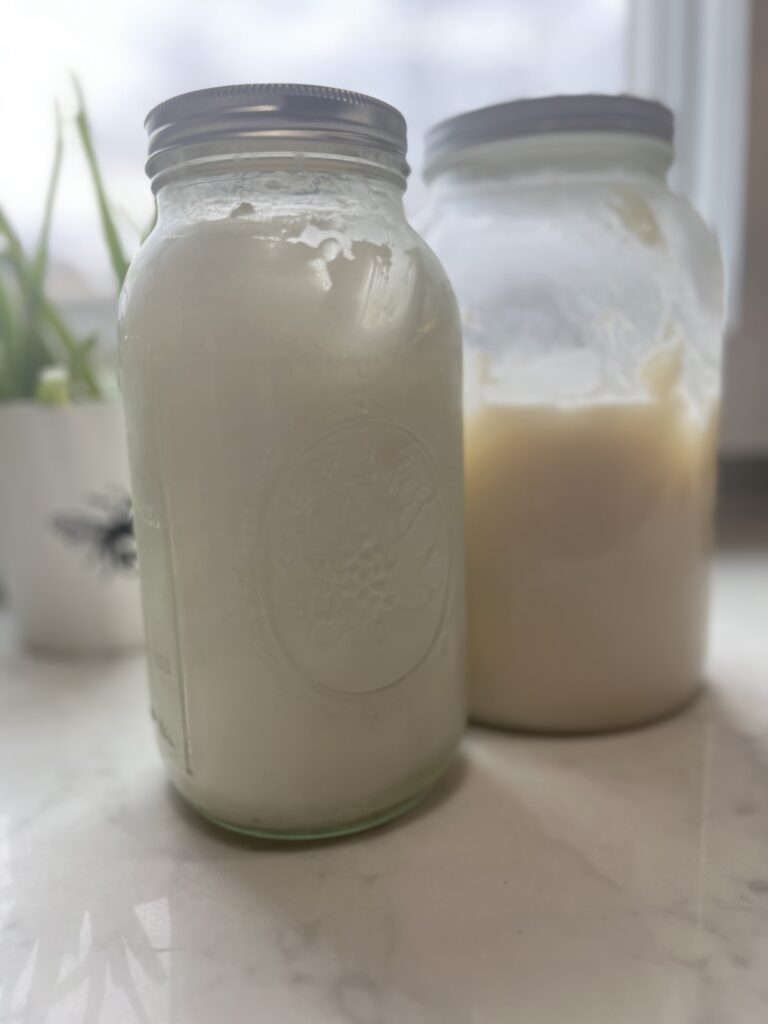
Types of Pork Fat for Rendering
Not all pig fat is created equal. There are essentially 2 types of pig fat that are best rendered for lard; leaf fat and fatback. Each serves a specific purpose in the kitchen.
Leaf Fat
Leaf fat is the mildest flavored fat and is the perfect addition to baked goods like pie crusts where you are looking for a smooth mellow flavor. It comes from the fat around the animals kidneys. This is the least “piggie” flavored of the fats. If you are looking for the flakiest melt in your mouth pie crust, this is the fat you are looking for.
Fatback
This fat is located along the back of the pig. This lard is not as mild as the lard rendered from leaf fat, but makes an amazing oil for frying and cooking in. Pork fat has a pretty high smoke point of 375 degrees making it great for frying.
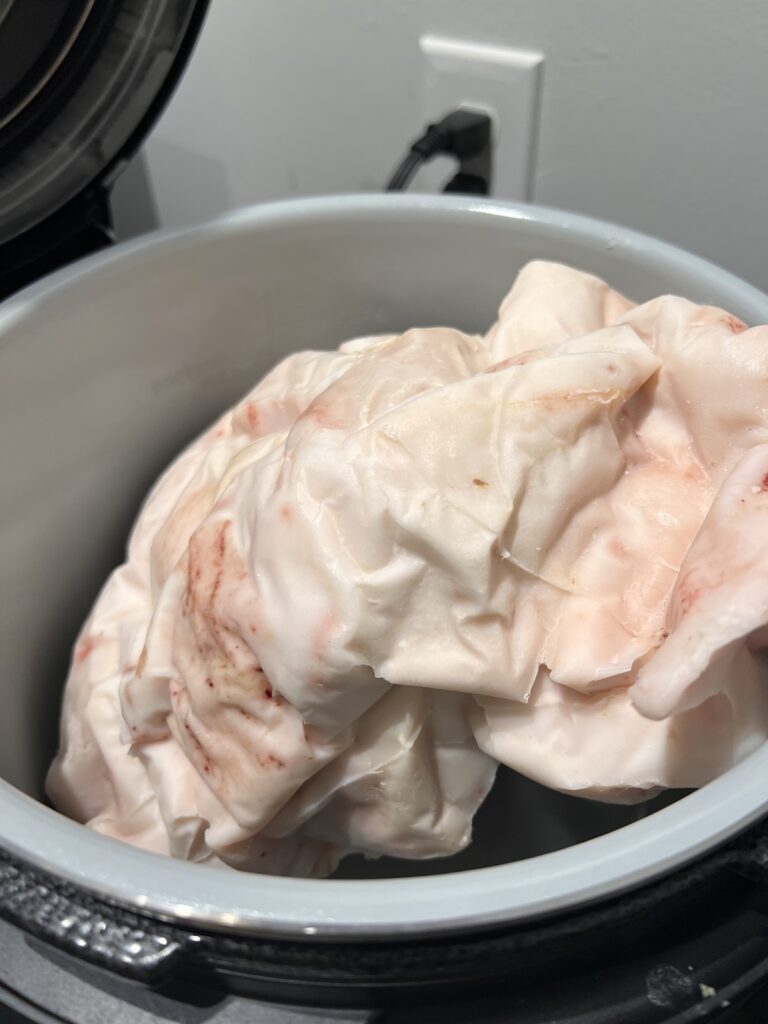
Preparing Pork Fat For Rendering
To prep your pork fat for rendering, you will first need to separate the fat from the meat. I am not a butcher so my butcher took care of this for us. I had him place all of our pork fat in separate bags for us when he butchered our pigs and I threw those bad boys into the freezer until I was ready to render them. Now that I need to free up some freezer space it is time to render it all down.
When you are ready to render, cut the fat into 2 inch squares. The smaller surface area will allow the fat to render evenly and will reduce burning and time to render.
DO NOT ADD WATER to your pork fat before or during the rendering process. There are a lot of recipes out there that say you should add water, but adding water increases your chances of the fat spoiling and mold from being introduced. While I am sure lots of people have had success with that method, I am not willing to chance it. The fat will render perfectly without the introduction of water, so save yourself the heartache and don’t add water.
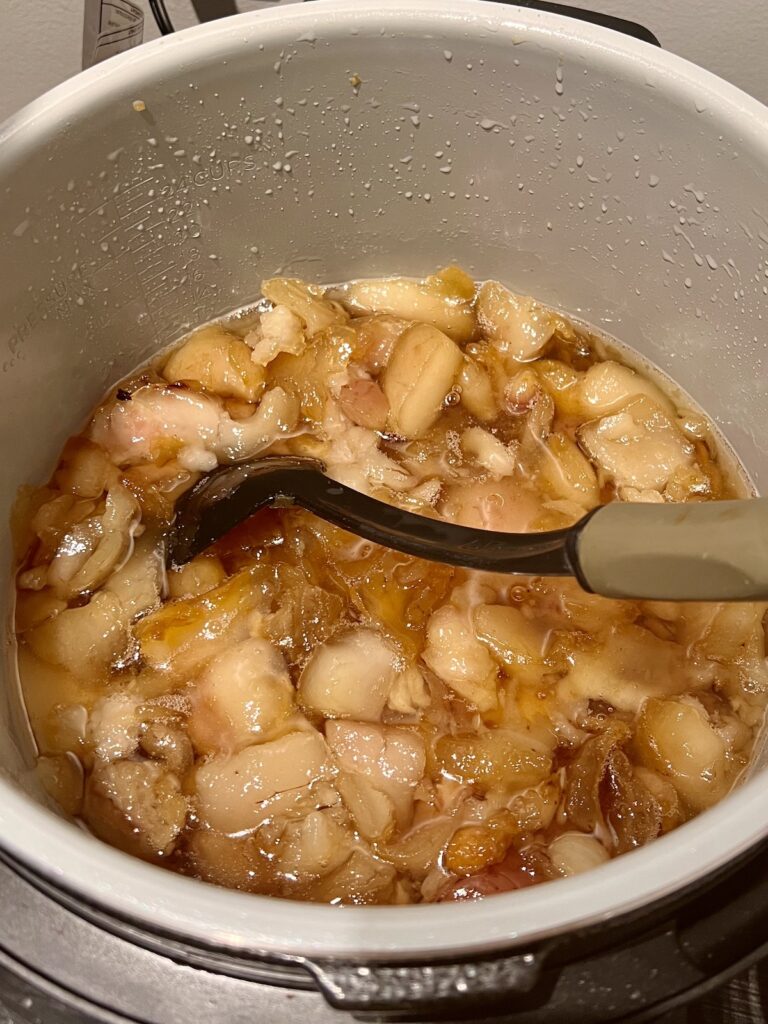
How Long Does It Take to Render Pork Fat
Depending on the amount of fat you are working with and the method you choose, you are likely looking at several hours to all day to render pork fat. I typically wait for a cold day that I know I won’t want to be outside much.
Methods for Rendering
There are several ways to render lard. You can use a cast iron dutch oven in the oven on low heat, a crockpot (or in my case Ninja Foodi), or you can do a stovetop method with a heavy bottomed pot.
Ninja Foodi Method to Render Pork Fat
The Ninja Foodi is my preferred method for rendering smaller batches of pork fat (under 3 pound). It is simple and efficient which is a win in my kitchen. It is also easy clean up!
Simple put your prepared pork fat into the pot and turn it to slow cook, low for 10 hours and let it melt away. I do stir mine occasionally, but this is a great method if you will be running around the house and don’t want to babysit your rendering process.
Dutch Oven Method to Render Pork Fat
With this method you will want a large cast iron dutch oven or other heavy oven proof dish that can hold the amount of fat you are rendering. Make sure there is ample space in your vessel as a spill could result in a lot of mess and clean up.
Place the cut fat into the dutch oven and place in the oven on low heat and pretty much forget about it for a few hours. You can stir it occasionally .
You will see the fat start to melt away!
Stove Top Method to Render Pork Fat
Rendering pork fat on the stove top is the fastest way to render pork fat, but is my least favorite. I have a gas stove that burns way hot even on the lowest of settings so I prefer to go with a method that allows me better control over the temperature. If you have a standard electric stove, this may be the way for you!
Since this method is faster, it does require a bit more babysitting and stirring than the other two methods. You will want to use a heavy bottom pot large enough to hold all the fat and set the temperature to low. Stir occasionally as the bottom bits will melt first.
Now You Know How to Render Pork Fat, Now What?
Whichever method you choose to render your pork fat is up to you, it will all end up the same at the end.
Prepare Your Storage Container
Now that the pork fat is melted, you will want to prepare the storage container. I prefer using standard widemouth mason jars. I typically render a good amount of fat at once so I use a half gallon, but quart jars will work as well.
Ensure you wash and dry jars thoroughly. You do not want to introduce water into your perfectly rendered fat! Remember water is the enemy here!
Remove Sediment
Once all the fat has melted you will be left with some pieces that are crispy and do not melt (these are called cracklins and are tasty sprinkled with a little salt). There will also be a little “grit” left in the bottom. You want to strain it to get all that sediment out. This will leave you with a nice silky fat to use in baked goods and cooking.
I have a large 4 cup glass liquid measuring cup that I find works well as it has a pour spout; I place a fine mesh sieve over it lined with either cheese cloth. You can also use coffee filters in a pinch and it works, but it is slooooow going. I have been known to just use the fine mesh sieve and leave it at that, but you decide how “clear” you want your pork fat to be. I suggest if it will be used in baking that you do in fact use the cheese cloth because no-one wants pork bits in their pie crust.
Using a ladle, slowly pour the rendered fat into the sieve. Once all the sediment is removed, pour the liquid fat into the waiting warm prepared jars. Wipe the rims well with a paper towel doused in vinegar (helps to remove the fat). Place your lid and screw hand tight. Allow to cool completely on the counter until the fat turns white and opaque. Since the liquid is hot and the jars are warm the lids will self seal making your lard shelf stable! Once you open it, make sure you move it to the fridge.
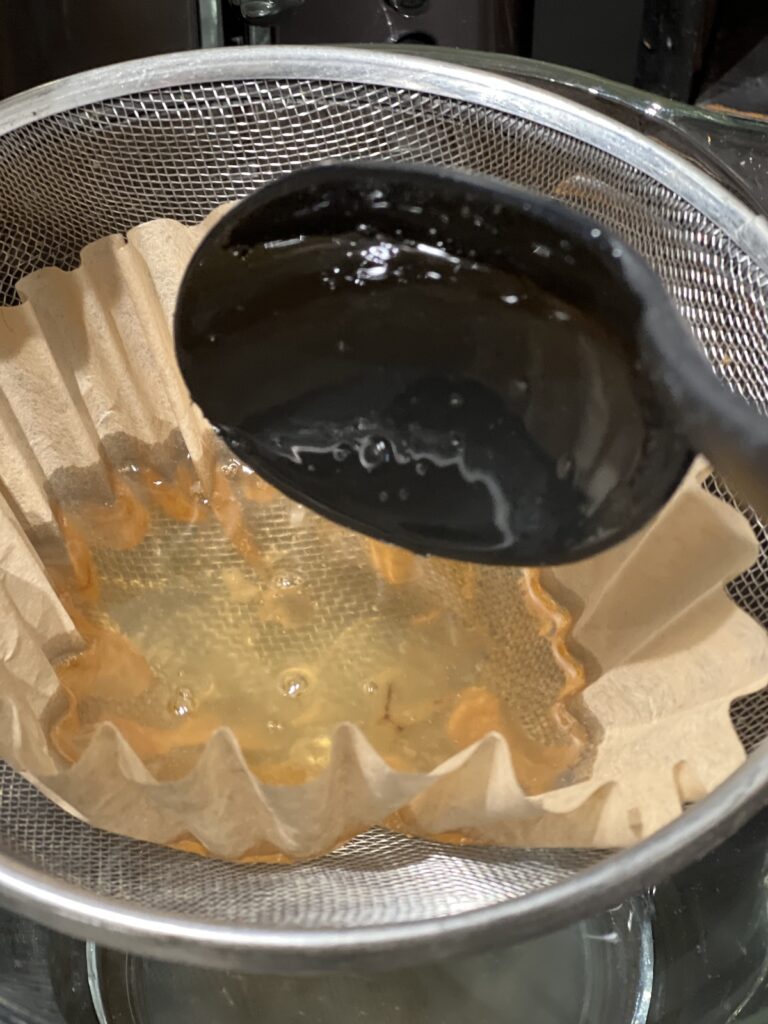
What Can I Use Lard For?
Lard is one of the most versatile items in my kitchen. I use it in everything from baking to frying. We love using it in our Southern Biscuit recipe.
I have vowed to stop purchasing oils (with the exception of olive oil, because we love it) and shortening to not only save on money, but also to save on our health. I grew up thinking shortenings, margarine, and homogenized oils were the only way to bake, but research has shown in the past few years, just how dangerous these types of hydrogenated fats are for your body. A lot of our older recipes call for oil. As a substitute you can use melted lard or butter for a healthier alternative.
We hope you have enjoyed and learned something new that you can try in your home! Make sure to follow us on Instagram for more homestead inspiration and recipes. Share this lard rendering post with friends and help us grow on Pinterest!
